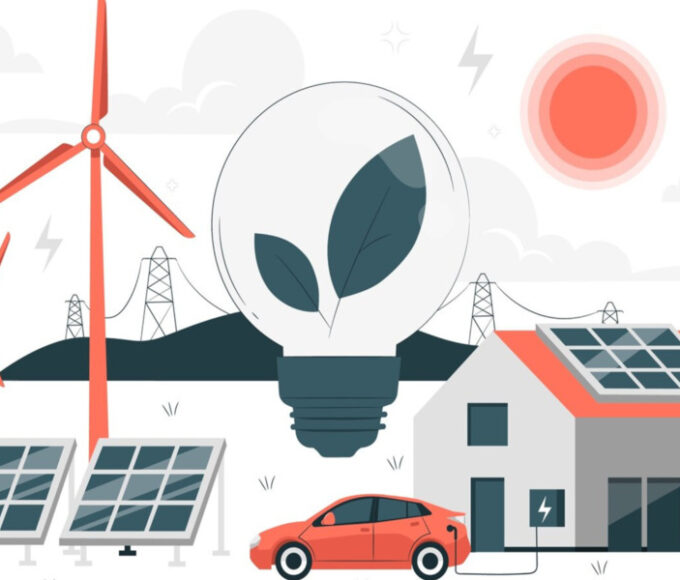Decline in Electric Vehicle Prices: A Turning Point for EV Adoption

The electric vehicle (EV) market has experienced a significant shift, with a notable decline in EV prices throughout 2024 and into 2025. This trend is paving the way for greater affordability and accessibility, encouraging more consumers to transition to sustainable transportation.
Key Drivers of Price Decline
The drop in EV prices can be attributed to several factors:
- Advancements in Battery Technology: The cost of lithium-ion batteries, the most expensive component of EVs, has decreased due to innovations in battery chemistry and manufacturing processes. Solid-state batteries, which are more efficient and cheaper to produce, are also starting to enter the marke
- Increased Production Scale: Automakers are ramping up production to meet rising demand. This scaling has allowed for economies of scale, reducing the overall cost of EVs. Companies like Tesla, BYD, and Volkswagen have led the charge in mass production.
- Government Incentives: Governments worldwide have introduced subsidies, tax credits, and incentives to make EVs more affordable. For instance, many regions now offer rebates on EV purchases and incentives for installing home charging stations.
- Competition in the Market: The surge in EV manufacturers, including startups and established automakers, has intensified competition. This has forced companies to price their models more competitively, benefiting consumers.
Impact on Consumer Choices
With prices becoming more comparable to internal combustion engine (ICE) vehicles, consumers are increasingly considering EVs as viable alternatives. Entry-level EVs, like the Nissan Leaf and Renault Zoe, are now within reach for middle-income buyers, while luxury EVs like the Tesla Model 3 and Audi e-tron are more competitively priced.
Challenges and Opportunities
Despite the positive trend, challenges remain. Some EV models, such as the Fisker Ocean, have faced technical issues and delivery delays, highlighting the importance of quality assurance. Additionally, the expansion of charging infrastructure is critical to support the growing number of EVs on the road.
A Greener Future
The decline in EV prices marks a turning point for the automotive industry. With affordability no longer a major barrier, the adoption of electric vehicles is expected to accelerate, contributing to reduced carbon emissions and a more sustainable future for transportation. Automakers and governments must continue working together to sustain this momentum and address the challenges ahead.
Visit Latest Interviews
Recent Posts
Related Articles
Why You Should Think About Your Domain Extension Before You Think About The Name?
Think of your domain extension like a surname—it wraps up your web...
ByGlobal Leaders ViewAugust 19, 2025Germany’s ‘Energiewende’ Initiative: A Vision for a Sustainable Future
Germany’s ambitious energy transition, known as the Energiewende, aims to shift the...
ByGlobal Leaders ViewJanuary 27, 2025Global Platform on Sustainable Cities Established
In a groundbreaking move toward addressing the challenges of urbanization and climate...
ByGlobal Leaders ViewJanuary 27, 2025Singapore’s Green Urbanism Initiatives
Singapore, known for its modern skyline and bustling urban environment, is also...
ByGlobal Leaders ViewJanuary 27, 2025















Leave a comment